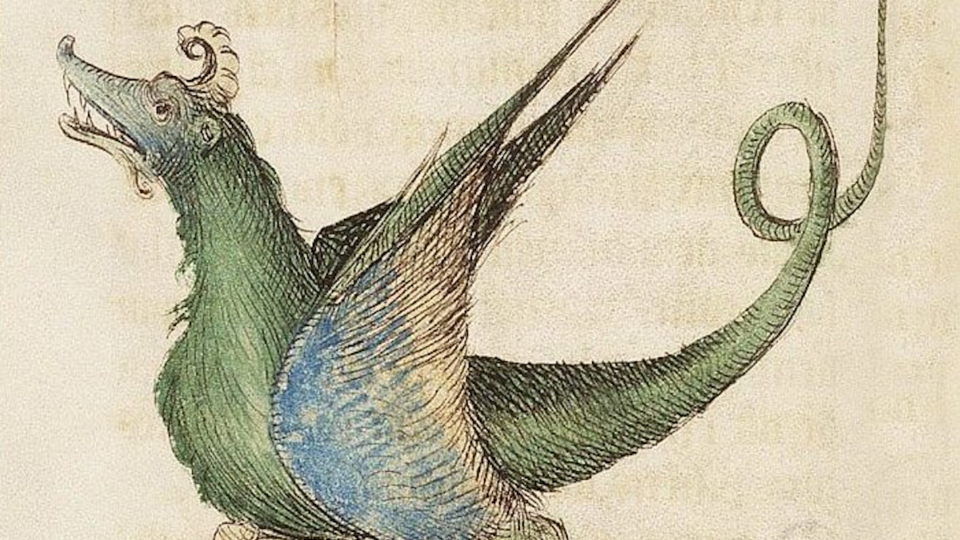Science News
The Resurgence of Fire Lizards

At least five hundred years have passed since any human has fought a fire-breathing, flying lizard in honorable combat, but in today’s Nature, Andrew J. Hamilton, Robert M. May, and Edward K. Waters report we may be in store for an awakening of dragons in the next few decades.
Careful analysis of dragon diet (including knights, wizards, and the occasional “good” witch), climate change, and magical documents at author May’s Oxford Bodleian Library, have led these scientists to conclude that humans may see a resurgence of the mythical creatures that have long been hibernating.
“Many believed that dragons—the fire-breathing species, at any rate—had become extinct by the thirteenth or fourteenth century,” they write. But evidence is mounting that as worldwide temperatures increase due to carbon emissions, the climate is becoming more favorable for these ectothermic species. In fact, the researchers report a direct correlation between global average temperatures and the rise and fall of dragon populations. (Could pirates be next?)
While dragons have certainly pervaded human thought, reports of their existence have been limited to works classified mainly as “fiction.” But could books such as The Hobbit and Game of Thrones be based on historical events? According to Hamilton and his colleagues, we humans have simply been the victims of what the scientists call “magic.” Specifically, “the shift in societal views of dragons from reality to fantasy has been described by some as a kind of bewitchment,” a “neurotransfer spell” responsible for moving the factual accounts of dragons in our memories to the small part of the brain involved in imagination.
Smaug, Trogdor, and Toothless were unavailable for comment at this time.
Image: Lambert of St. Omer, circa 1460